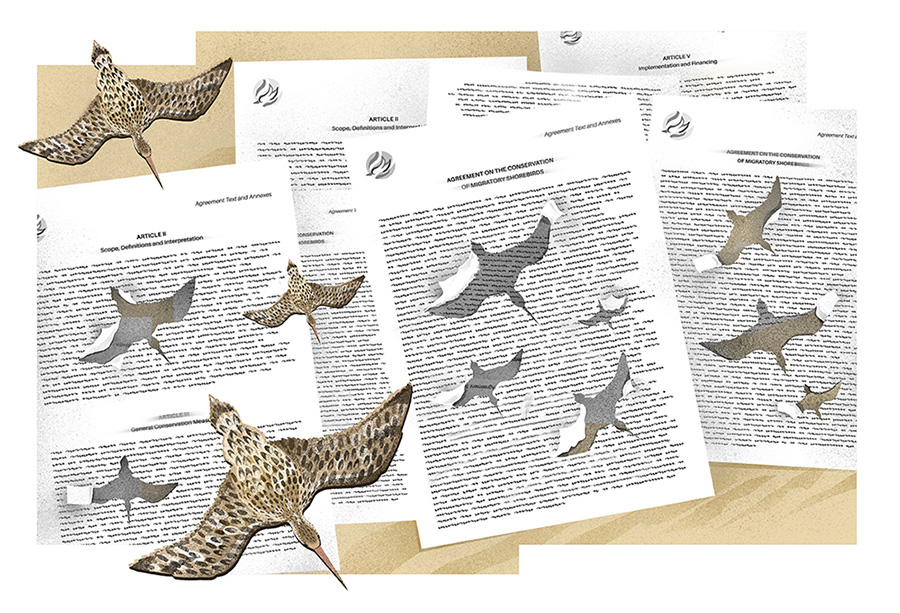Featured image: Hazel Dormouse by Hattie Spray
The hazel dormouse is classified as ‘Vulnerable’ in the UK, due to a loss of suitable habitat. The species has been lost from much of its original range, particularly in the north of England, and remaining populations are declining by 3.8 percent per year. To restore dormice to areas where they are now extinct, a reintroduction programme was set up in 1993 by the People’s Trust for Endangered Species (PTES) and English Nature (now Natural England).
For a reintroduction to succeed, it is vital to select suitable sites based on the habitat requirements of the species. Dormice are habitat specialists, preferring diverse woodlands with a well-developed understorey. With a reduction in the size and distribution of this habitat, it’s difficult to find appropriate sites for future reintroductions. In this new study published in Conservation Science and Practice, we investigated how habitat suitability mapping could assist this process.
To create our dormouse habitat suitability map, we needed to identify which habitat characteristics are shared by sites where dormice are present. Firstly, we collected 51 maps which each contained details about a certain type of habitat, for example broadleaved woodland or distance to roads. We then combined this habitat information with a map showing where dormice are still present (using data from the PTES National Dormouse Monitoring Programme). This revealed that dormice prefer a high amount of broadleaved woodland, a steeper than average slope gradient, and less arable land nearby. Next, we used these results to calculate overall habitat suitability scores, which were then projected onto a map of England (see map below).
We wanted to find out whether these habitat variables also influenced dormouse numbers at the 24 existing reintroduction sites. The same habitat factors identified from the habitat suitability mapping (broadleaved woodland, slope, and arable land) also affected the reintroduced dormice, showing just how important it is to select sites with suitable habitat for dormouse reintroductions. Interestingly, we found no effect of the site size on dormouse numbers, therefore finding suitable habitat should be prioritised when selecting future reintroduction sites. Note this doesn’t necessarily mean that site size isn’t important! However, it does mean that habitat variables were much more important for the dormice at the 24 reintroduction sites we investigated.
We then used all this information to take a closer look at the county of Cheshire, where the third ever UK dormouse reintroduction took place (in 1996). Unfortunately, there are no longer any signs of dormice using the nest boxes at the site. Why? It’s possible that the absence of habitat management has led to mature woodland which is no longer suitable for the dormice. This is further supported by our results, which also suggested that the original reintroduction site is no longer suitable. However, our habitat suitability maps can be used to identify potential sites for future reintroductions. We found that there are 45 other woodlands in Cheshire which are suitable. There are a few areas which contain clusters of suitable habitat, which we would recommend for future reintroductions, with the idea of setting up connected populations of dormice.
The habitat suitability score could have other uses for dormouse conservation. Dormice are a protected species, requiring mitigation if they live in an area of development. Our map could also be used to locate sites which are most likely to contain dormice. In the long-run, this could help to minimise the effort of surveyors and disturbance to the animals that live there.
Overall, this habitat suitability method could be used as a tool to identify potential sites for future reintroductions and to find priority areas for survey during mitigation and development. The same method could also easily be translated into suitability maps for other species, thus having the possibility of assisting reintroduction programmes for other species.
Further reading:
Cartledge, E. L., M. Baker, I. White, A. Powell, B. Gregory, M. Varley, J. L. Hurst et al. 2021. Applying remotely sensed habitat descriptors to assist reintroduction programs: A case study in the hazel dormouse. Conservation Science and Practice: e544. https://doi.org/10.1111/csp2.544
Wembridge, D., I. White, N. Al-Fulaij, E. Marnham and S. Langton. 2019. The State of Britain’s Dormice 2019. People’s Trust for Endangered Species. Retrieved from https://ptes.org/wp content/uploads/2019/11/SoBD-2019.pdf.






